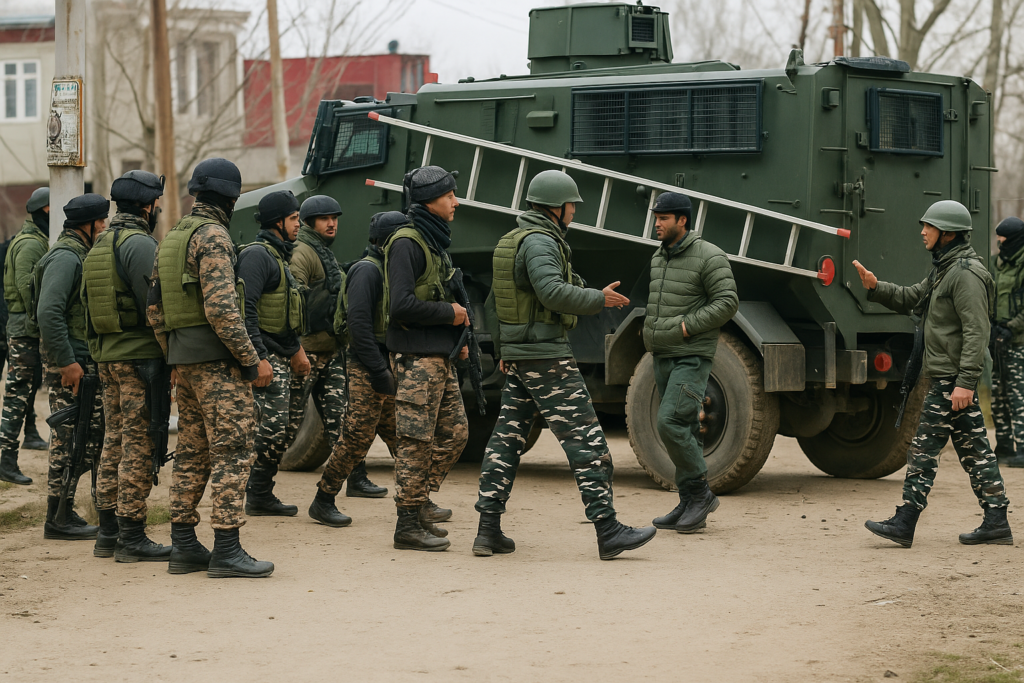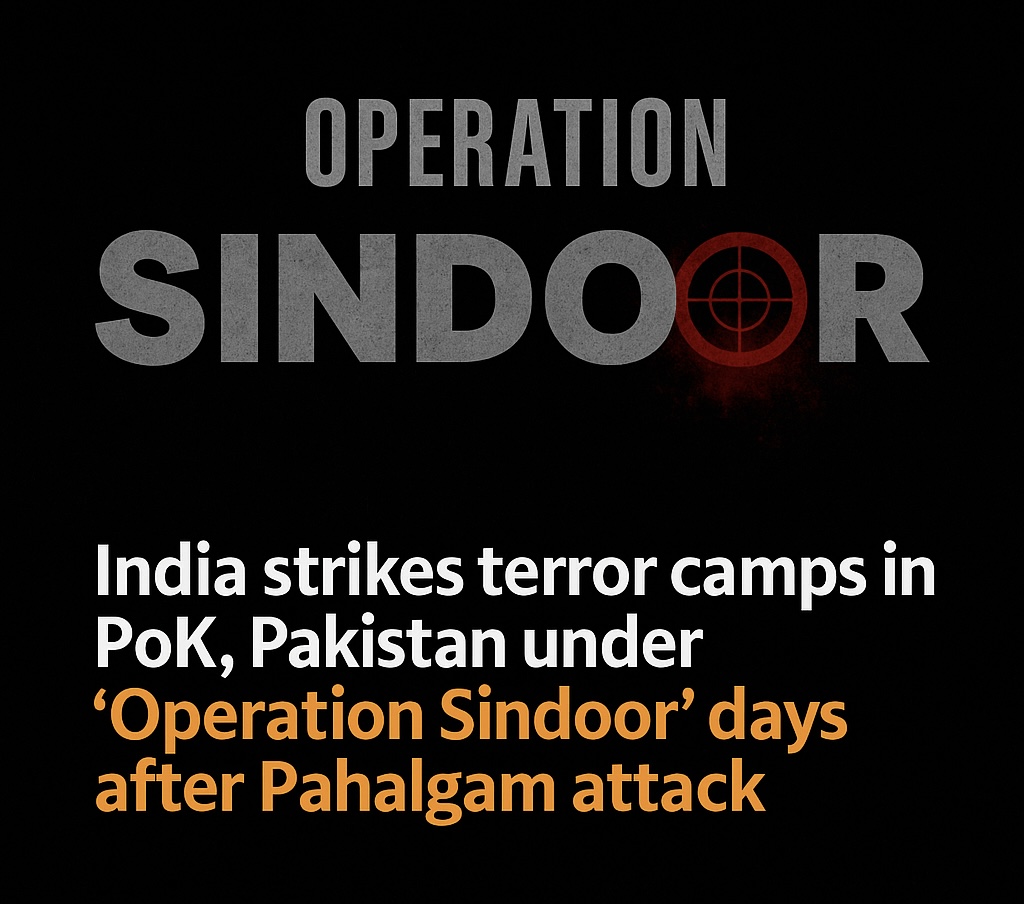Before the world woke up on May 7, 2025, the skies above enemy lines had already witnessed history.
Silent but swift, Indian fighter jets sliced through the darkness—not to start a war, but to end a warning. This was not revenge, it was responsibility. It wasn’t chaos, but carefully calculated justice. Operation Sindoor wasn’t just a military strike—it was India’s way of drawing a red line, in the color of sacrifice, across the face of terror.
What was Operation Sindoor?

Operation Sindoor was a swift and strategic military airstrike carried out by India on May 7, 2025. It targeted terrorist camps located in Pakistan-occupied Kashmir (PoK) and deep inside Pakistan’s territory. This was not a war but a retaliatory operation meant to send a strong message: India will not tolerate terrorism and will act decisively to protect its citizens.
Why was Operation Sindoor launched?

The operation was launched in direct response to the Pahalgam terror attack on April 22, 2025, in which 26 civilians, mostly Hindu pilgrims visiting the Amarnath Yatra route, were brutally killed. Indian intelligence agencies traced the attack back to terror groups based in Pakistan, primarily Lashkar-e-Taiba, Jaish-e-Mohammed, and Hizbul Mujahideen — all of which have a long history of orchestrating cross-border terrorism in India. The Indian government decided that a strong military response was necessary to deter future attacks and dismantle the infrastructure behind them.
When and how was it carried out?

The operation took place in the early morning hours of May 7, less than 15 days after the Pahalgam massacre. The Indian Air Force executed the mission using Rafale fighter jets armed with SCALP long-range cruise missiles and AASM Hammer precision-guided bombs. These advanced weapons allowed India to strike from a safe distance, ensuring maximum impact with minimal collateral damage.
In just 25 minutes, Indian jets launched 24 missiles, successfully hitting nine identified terrorist camps:
- Five locations in PoK: Muzaffarabad, Kotli, Bhimber, and two others.
- Four locations in Pakistan: Bahawalpur (a known Jaish-e-Mohammed base), Muridke (Lashkar-e-Taiba’s headquarters), and Sialkot.
Whom did the operation target?

The operation specifically targeted infrastructure used by terrorist organizations. This included training camps, weapons depots, launch pads, and communication facilities. Over 70 terrorists are believed to have been killed in the strikes. India took great care to avoid civilian casualties, though Pakistan later claimed civilian losses — allegations that were not independently verified.
Why is it called “Sindoor”?

The operation was symbolically named “Sindoor”, the Hindi word for vermilion, which represents sacrifice, protection, and honor in Indian culture. The name served as a tribute to the innocent lives lost in the Pahalgam attack and reinforced the operation’s moral and emotional weight.
What was the impact?

Operation Sindoor demonstrated a major shift in India’s counterterrorism strategy — from reactive defense to proactive precision strikes. It also showcased India’s enhanced air capabilities and its readiness to act swiftly against cross-border threats.
The international community responded with concern over regional tensions, but many acknowledged India’s right to self-defense. Domestically, the operation was seen as a bold and necessary move to ensure national security.
A New Era of Resolve

Operation Sindoor wasn’t just a military maneuver—it was a defining moment in India’s evolving security doctrine. It told the world that while India believes in peace, it is not afraid to strike back with precision, purpose, and power. The vermilion skies over the border that morning weren’t just a signal of retaliation—they were a message of unwavering national resolve.
